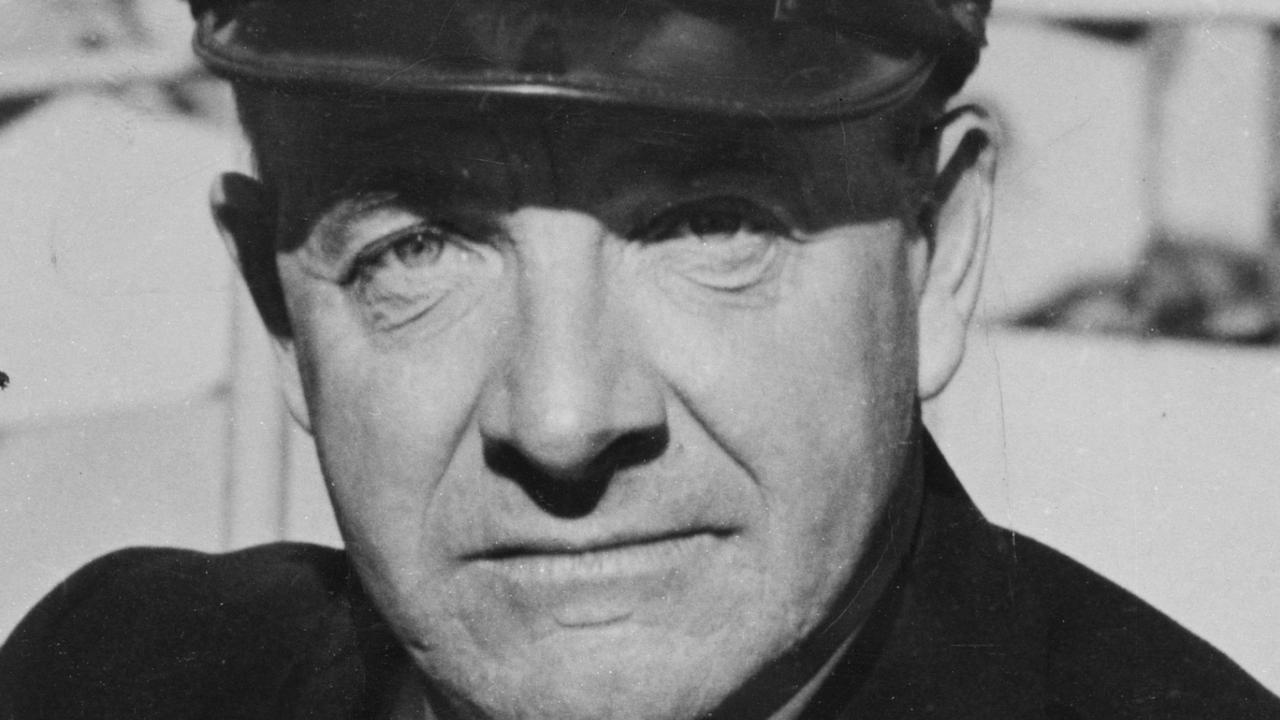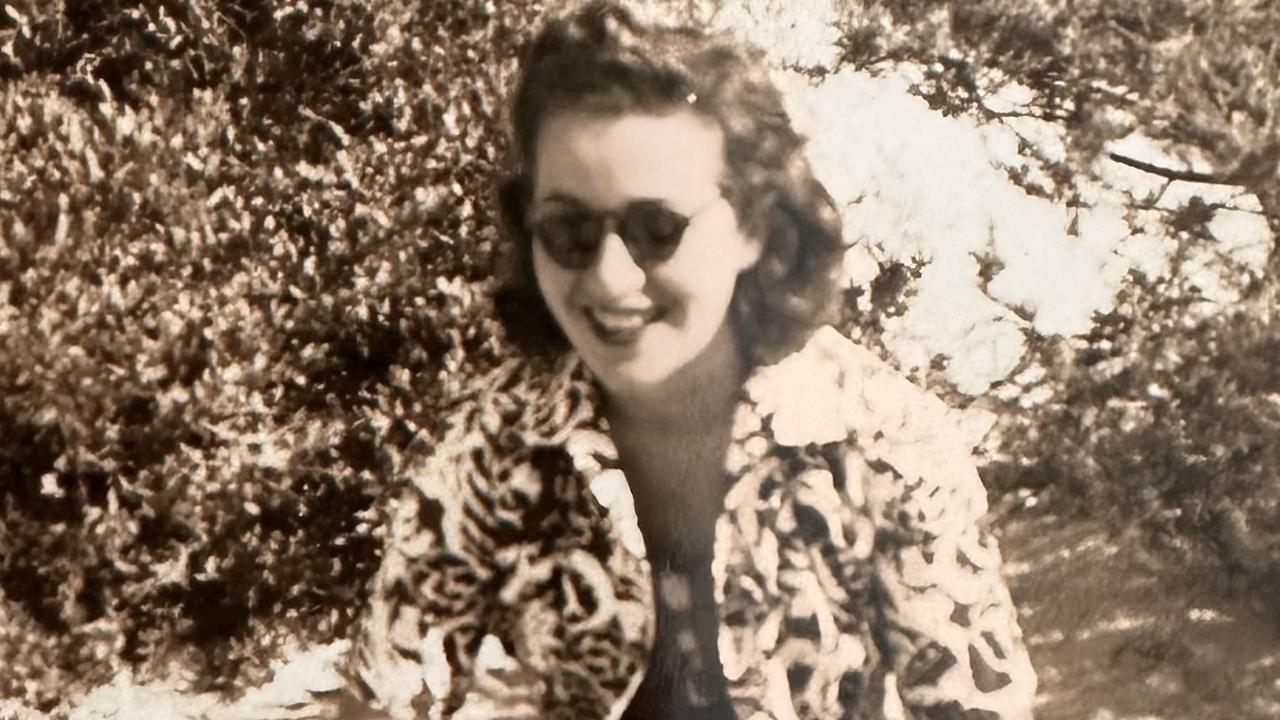Edward VI’s royal coronation party was ‘same date, different king’
NEWSPAPERS and film crews had covered past coronations but George VI’s crowning was the first electronic royal media event.

Today in History
Don't miss out on the headlines from Today in History. Followed categories will be added to My News.
IT was the first multimedia coronation. The newspaper reporters were there, as were the film cameras. But joining them for the first time were the electronic media, the radio and TV. The coronation of George VI took place at Westminster Abbey on May 12, 1937, 80 years ago today, but it was quickly read, seen and heard by the rest of the world.
George would prove to be a popular monarch, one who restored the dignity of the throne after the recent ructions caused by his brother Edward VIII and his abdication. Even as he came to the throne he was popular with Australians who had hosted him nearly 10 years earlier when he opened Parliament House in Canberra on May 9, 1927.
The coronation went like clockwork, which was not surprising given that it had been planned long before George VI became king.
Although at the coronation he took the regal name of George VI, he was born Prince Albert Frederick Arthur George in 1895, but known mostly as Albert or Bertie. Like his father, George V whose older brother had died before inheriting the throne, Albert (George VI) had originally not been expected to become king.


After the death of George V in January 1936, Albert’s brother Prince Edward Albert Christian George Andrew Patrick David, known as David, came to the throne as Edward VIII but caused a crisis by his insistence on marrying the American divorcee Wallis Simpson.
As head of the Church of England, Edward’s intended marriage to a divorcee was deemed an impossibility because the Church, at the time, forbade a divorced person to remarry if their former spouse was still alive. As head of the Church he also couldn’t marry in a civil ceremony. All solutions offered, most of which involved not allowing Simpson to become queen, were rejected by parliament. So Edward took the unprecedented step of abdicating in December 1936.
Until then Edward had been preparing for his coronation; posing for photos that would be turned into a coronation portrait, including one that showed the moment he would actually be crowned. Royal souvenir makers had even created all kinds of memorabilia for the event that was slated to take place in May 1937, but now the party would be for George VI rather than Edward. Fortunately much of the planning and some of the preparations had already been done, so the government decided to go ahead as planned with a May coronation. George is said to have quipped “Same date, but different king”.

When the day arrived the world’s media descended on London. The BBC even took the opportunity to attempt its first outside TV broadcast, less than six months after the launch of their television service. Small portions still remain of the footage, showing the king smiling as the ornate royal carriage, drawn by eight grey horses, moved along a London street toward the abbey, with a huge crowd looking on. Commentators who covered the event had to be in full morning dress.
The public thronged the streets, many of them taking up their positions the night before or in the early hours of the morning. Estimates vary, but it was somewhere in the tens of thousands.
In keeping with the mood of wanting to return the royal family to normality, there were no surprises or radical departures in the ceremony. A solemn procession of the royal family into Westminster Abbey included George’s younger sister Mary, the Princess Royal, with Princesses Elizabeth and Margaret either side.

At 11am George and his wife Elizabeth, the Duchess of York (born Lady Elizabeth Bowes-Lyon), arrived. After a complicated ceremony to crown George king, in a shorter, simpler ceremony the Duchess was crowned Queen Elizabeth, the queen consort. Her title reflecting that although she was titled queen she did not reign as monarch.
However, at the coronation of his daughter Elizabeth in 1952, her husband the Duke of Edinburgh would not be named king, because while royal wives nominally take on the rank and title of their husband, husbands don’t take on their wives’ titles.
When Charles becomes king according to custom and law, his wife Camilla should also take on the title Queen Consort, but Camilla has said, possibly out of deference to Diana, the woman the public wanted to be Queen, she wants to take on the title Princess Consort. However, that would require an act of parliament to change the law.
Similarly despite her working class background, Prince William’s wife Katherine Duchess of Cambridge will also automatically become Queen Katherine when, and if, William becomes king.
Originally published as Edward VI’s royal coronation party was ‘same date, different king’


